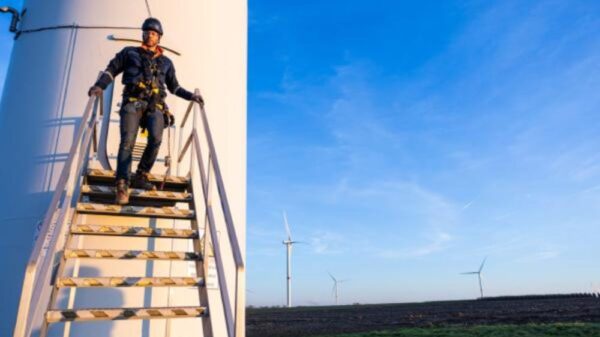In 2022, more than two-fifths (42.0%) of the EU population aged 25–34 had a tertiary level of educational attainment (some people within this age group might still be studying).
Of the 240 NUTS 2 regions for which data are available (no data for Mayotte in France or Åland in Finland), there were 72 regions (equivalent to 30% of all EU regions) where this share had already reached or surpassed the EU’s policy target for this area: 45.0%. The regions that already reached this target are shaded in green-blue on the map.
At the top end of the distribution, there was the Lithuanian capital region with 73.6%, followed by the other 11 regions where at least 60.0% of young people had a tertiary level of educational attainment. These included the capital regions of France, Ireland, the Netherlands, Poland, Hungary, Sweden, Luxembourg and Denmark. Many of these regions attract highly qualified people, probably due to the varied educational, employment and social/lifestyle opportunities that they offer.
Relatively high shares of tertiary educational attainment were also recorded in two regions specialised in research and innovation activities and/or high-technology manufacturing: Utrecht in the Netherlands and País Vasco in northern Spain; Northern and Western Ireland was the only other region in the EU to record a share above 60.0%.
At the other end of the distribution, there were 17 regions where less than a quarter of all people aged 25–34 had a tertiary level of educational attainment in 2022: 7 out of the 8 regions in Romania (the exception being the capital region of Bucureşti-Ilfov), 3 regions in Hungary, 2 regions in Bulgaria, a single region in Czechia, 3 regions in the south of Italy and the outermost region of Guyane (France). Some of these regions were characterised as rural/isolated regions with a low level of highly skilled employment opportunities. Others were characterised by their relatively high specialisation in vocational educational programmes, with students moving into the labour market through apprenticeships and training schemes rather than academic qualifications.
The lowest regional levels of tertiary educational attainment were recorded in the Romanian regions of Sud-Muntenia (16.0%) and Sud-Est (17.0%), the Czech region of Severozápad (18.0 %) and the Hungarian region of Észak-Magyarország (18.2%).
Would you like to know more about education and training in the EU?
You can read more about education and training in the dedicated section of the Regions in Europe – 2023 interactive edition and in the Eurostat regional yearbook – 2023 edition, also available as a set of Statistics Explained articles. The corresponding maps in the Statistical Atlas provide a full-screen interactive map.
More information
- Thematic section on education and training
- Database on education and training
- Thematic section on regions and cities
- Database on regional statistics by NUTS classification
Methodological notes
- Tertiary level of education relates to the following ISCED levels:
- ISCED 5: Short-cycle tertiary education
- ISCED 6: Bachelor’s or equivalent level
- ISCED 7: Master’s or equivalent level
- ISCED 8: Doctoral or equivalent level
- One of the seven EU policy targets within the strategic framework for European cooperation in education and training towards the European Education Area and beyond (2021–2030) concerns tertiary educational attainment. The EU seeks to ensure that, by 2030, the share of people aged 25–34 with a tertiary educational attainment should be at least 45.0%.
If you have any queries, please visit the contact page.






























